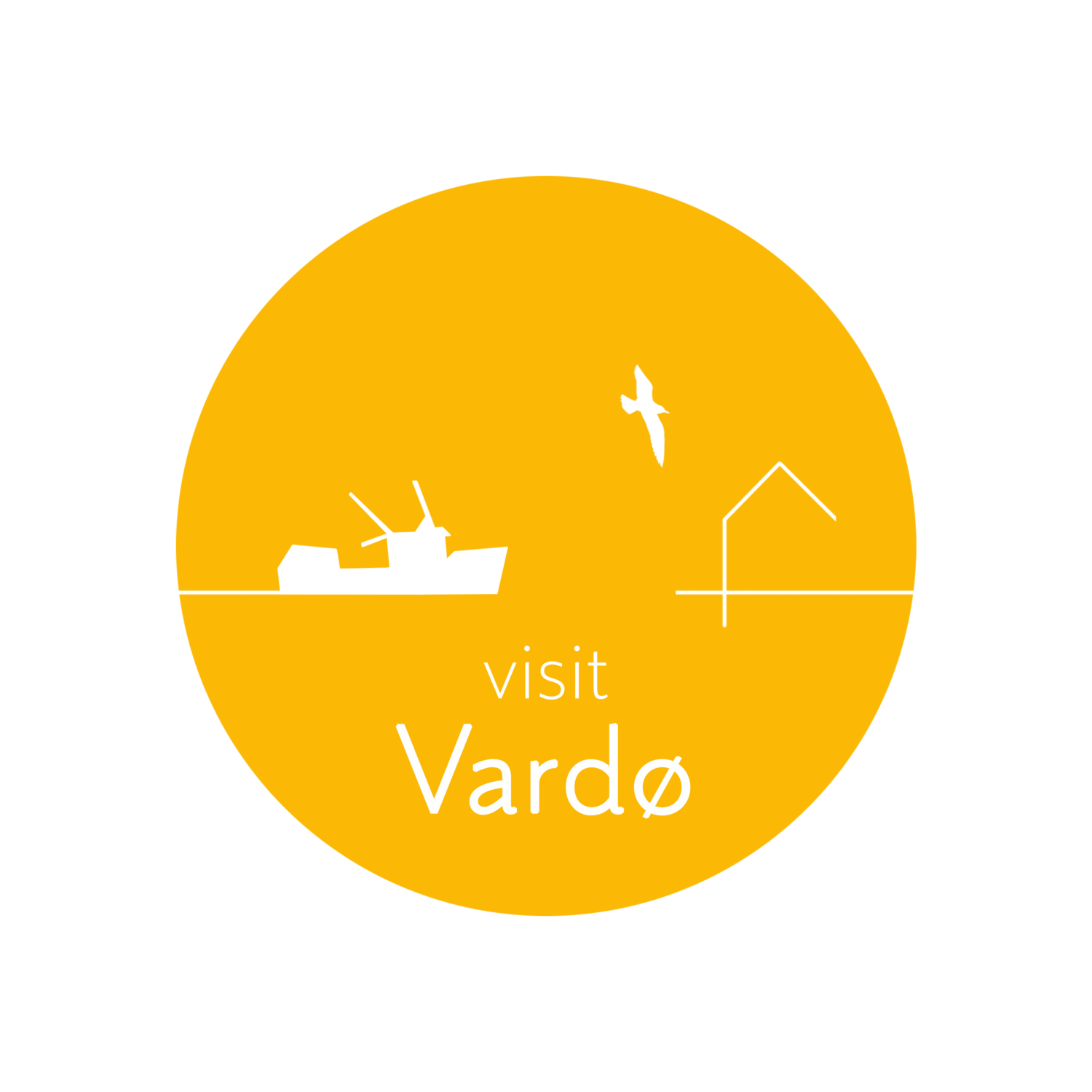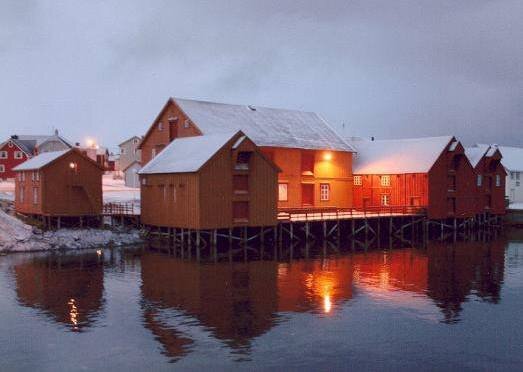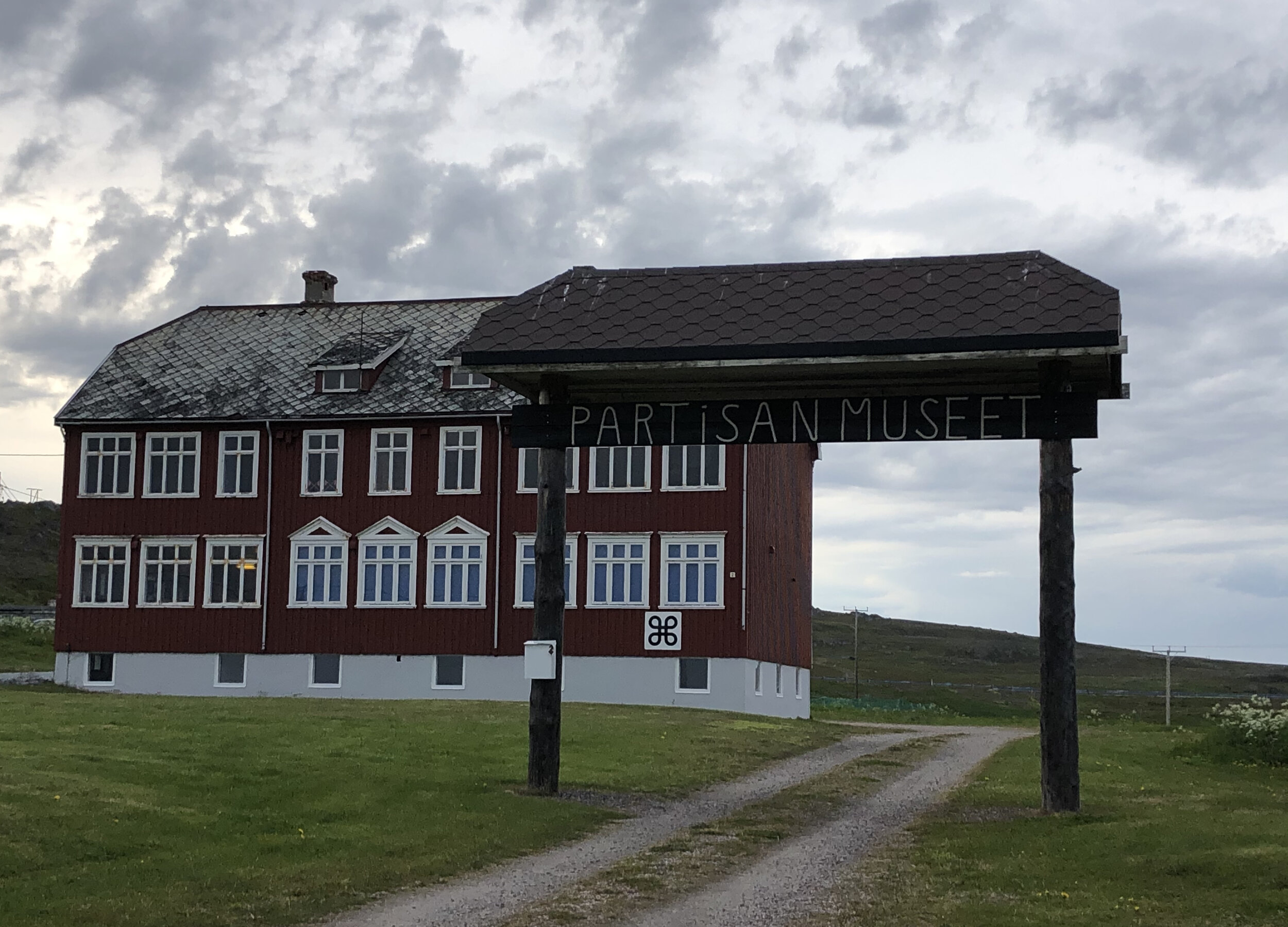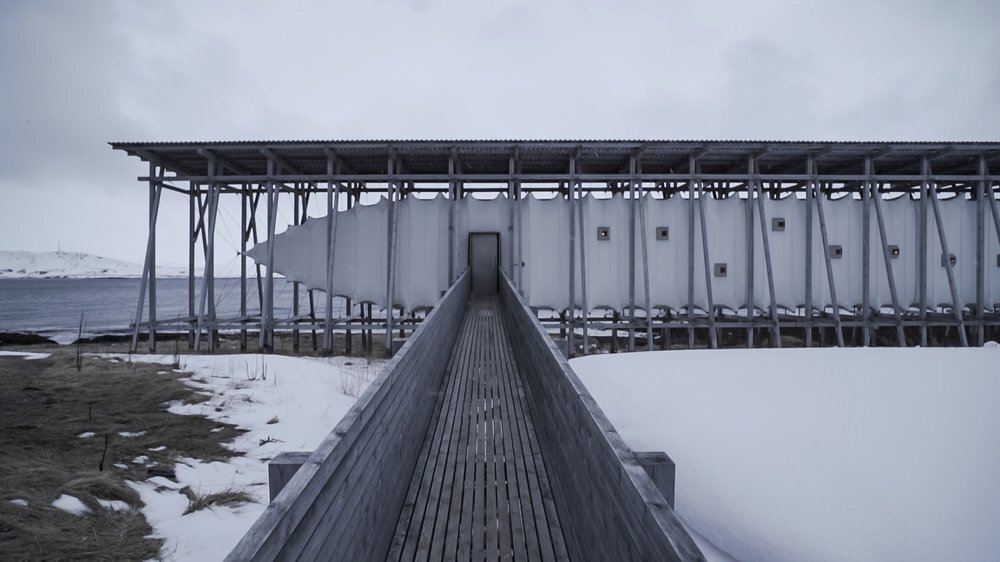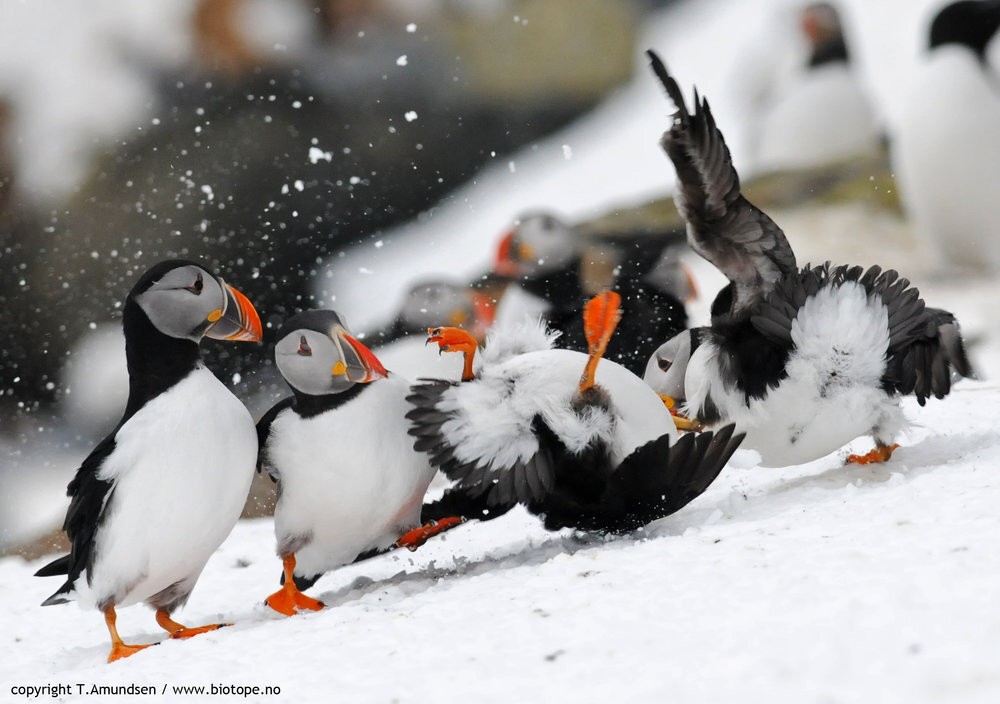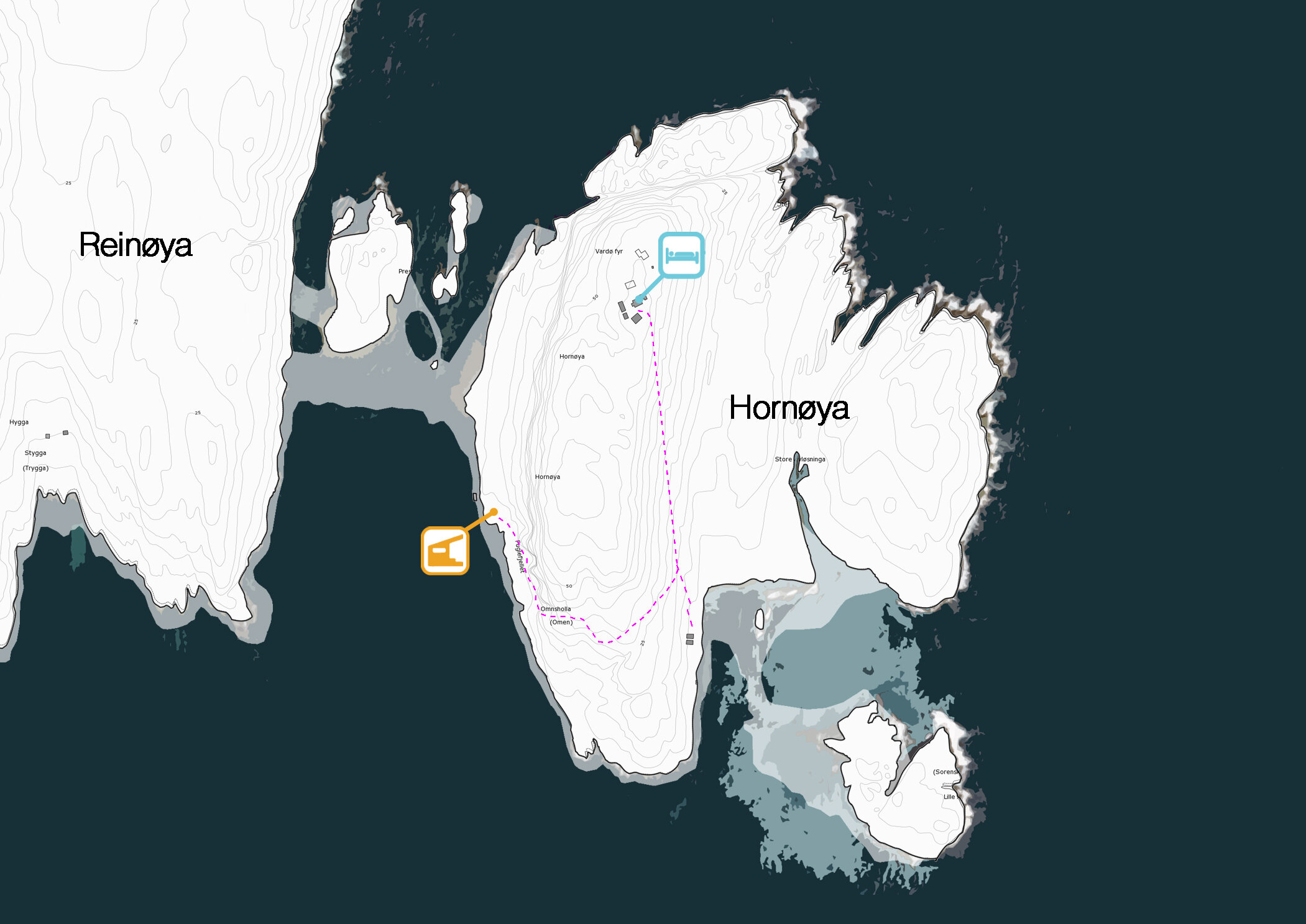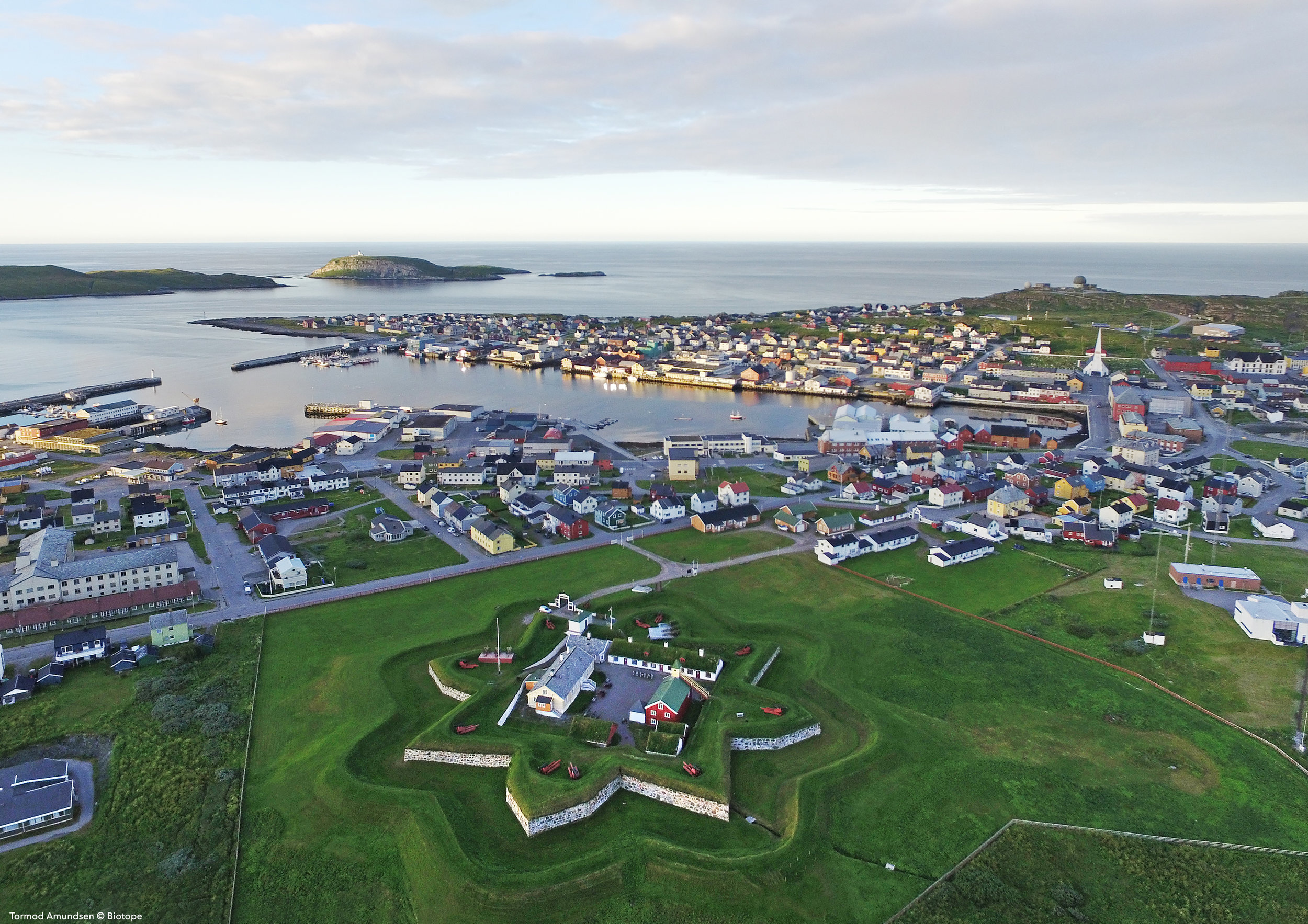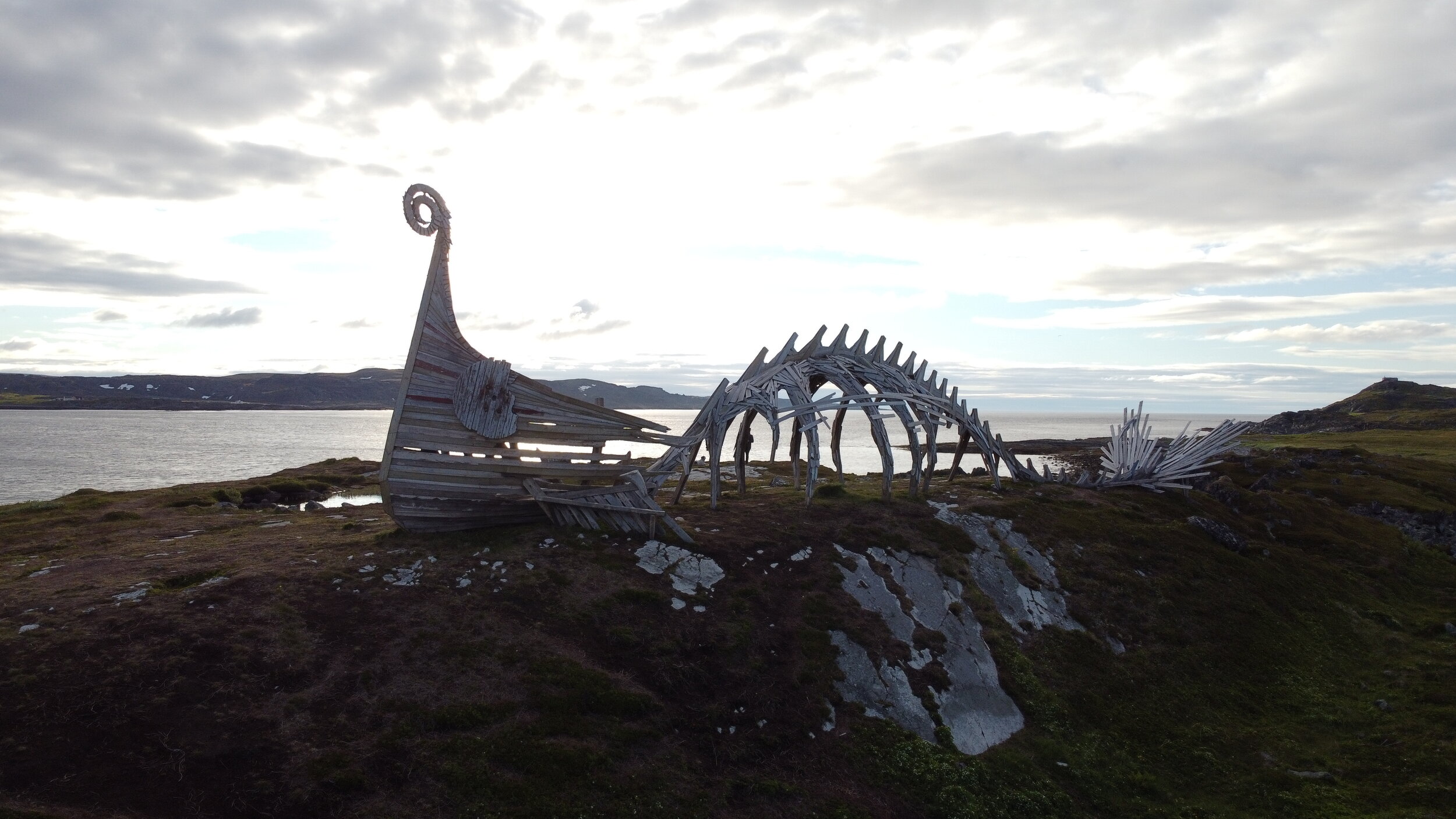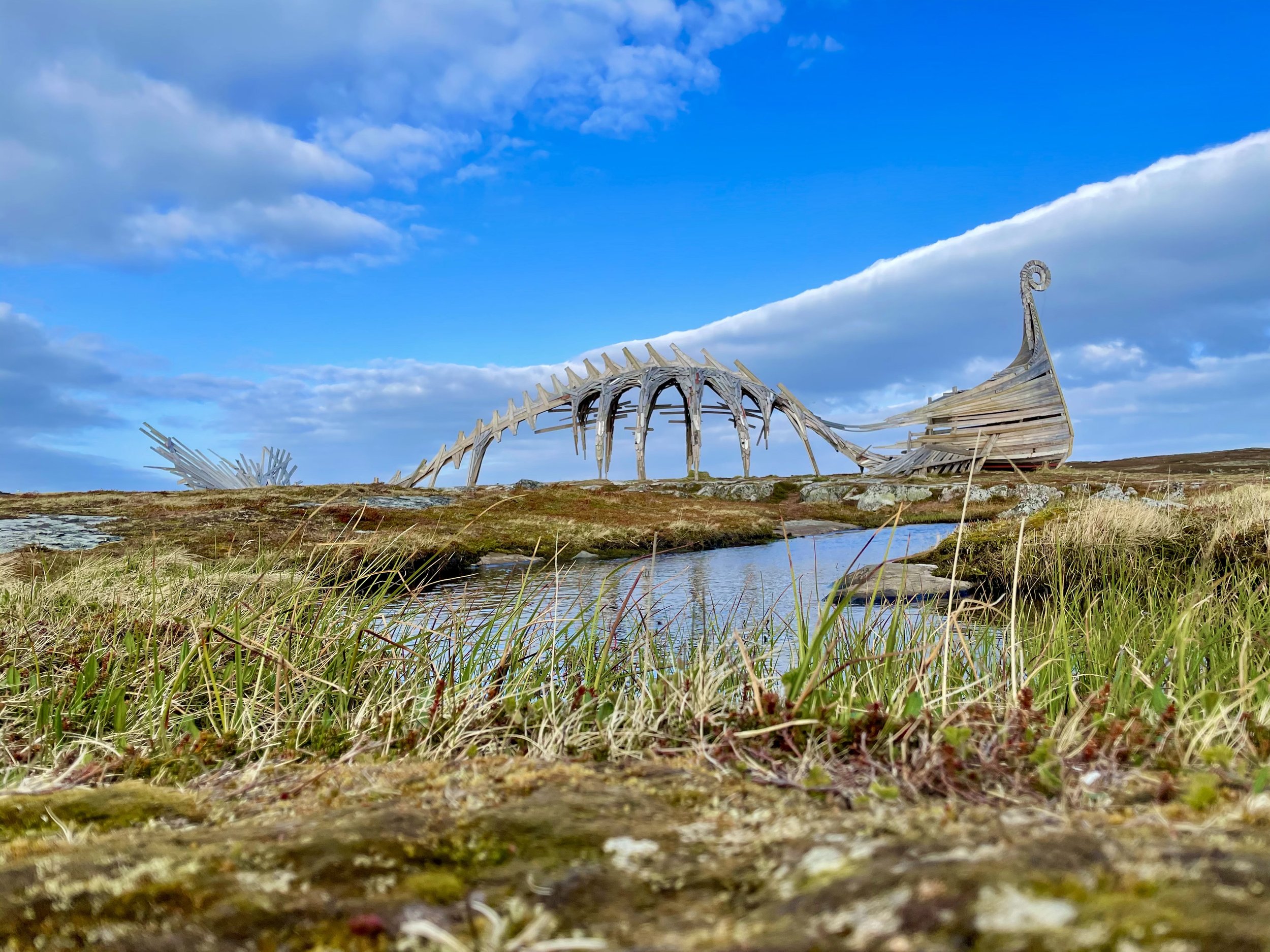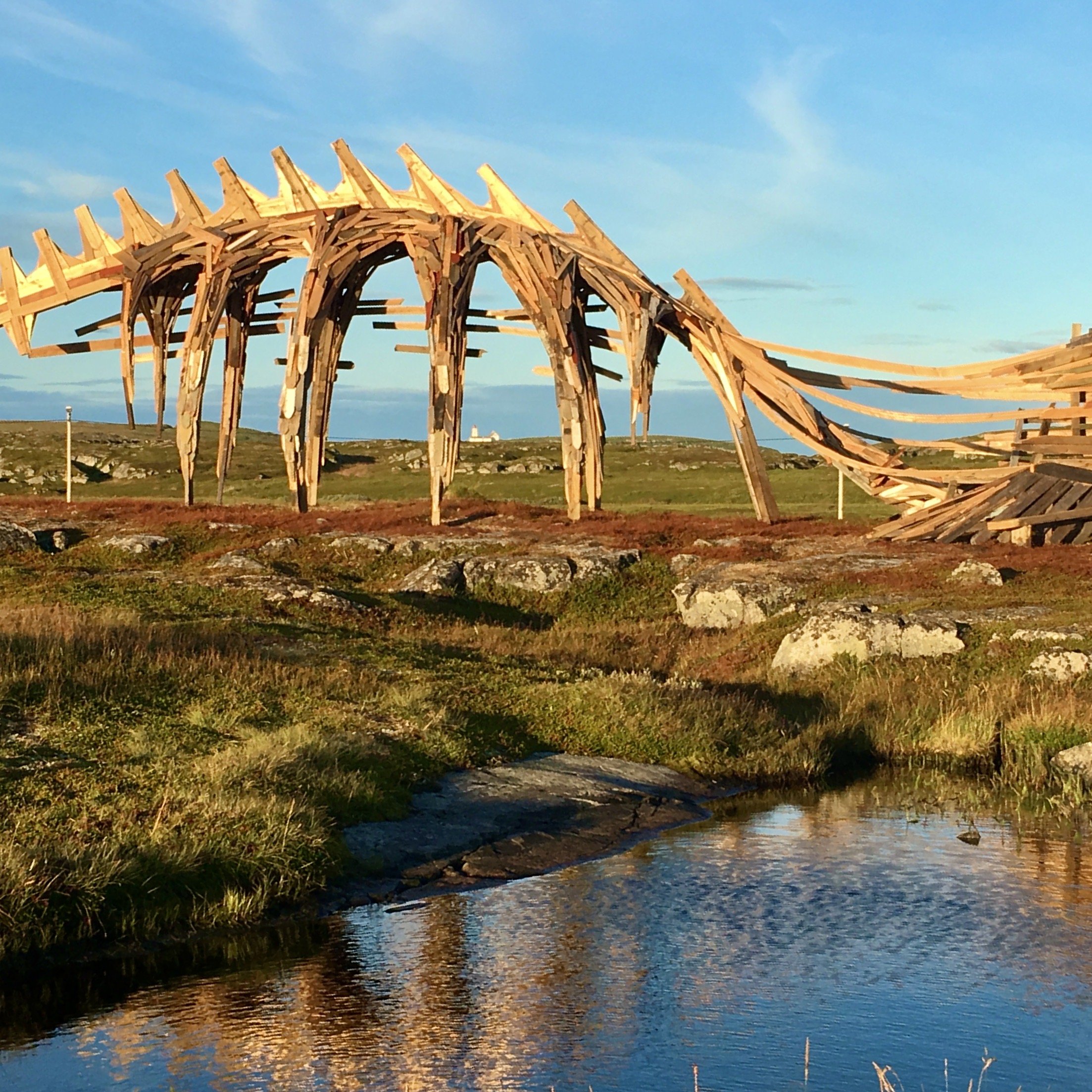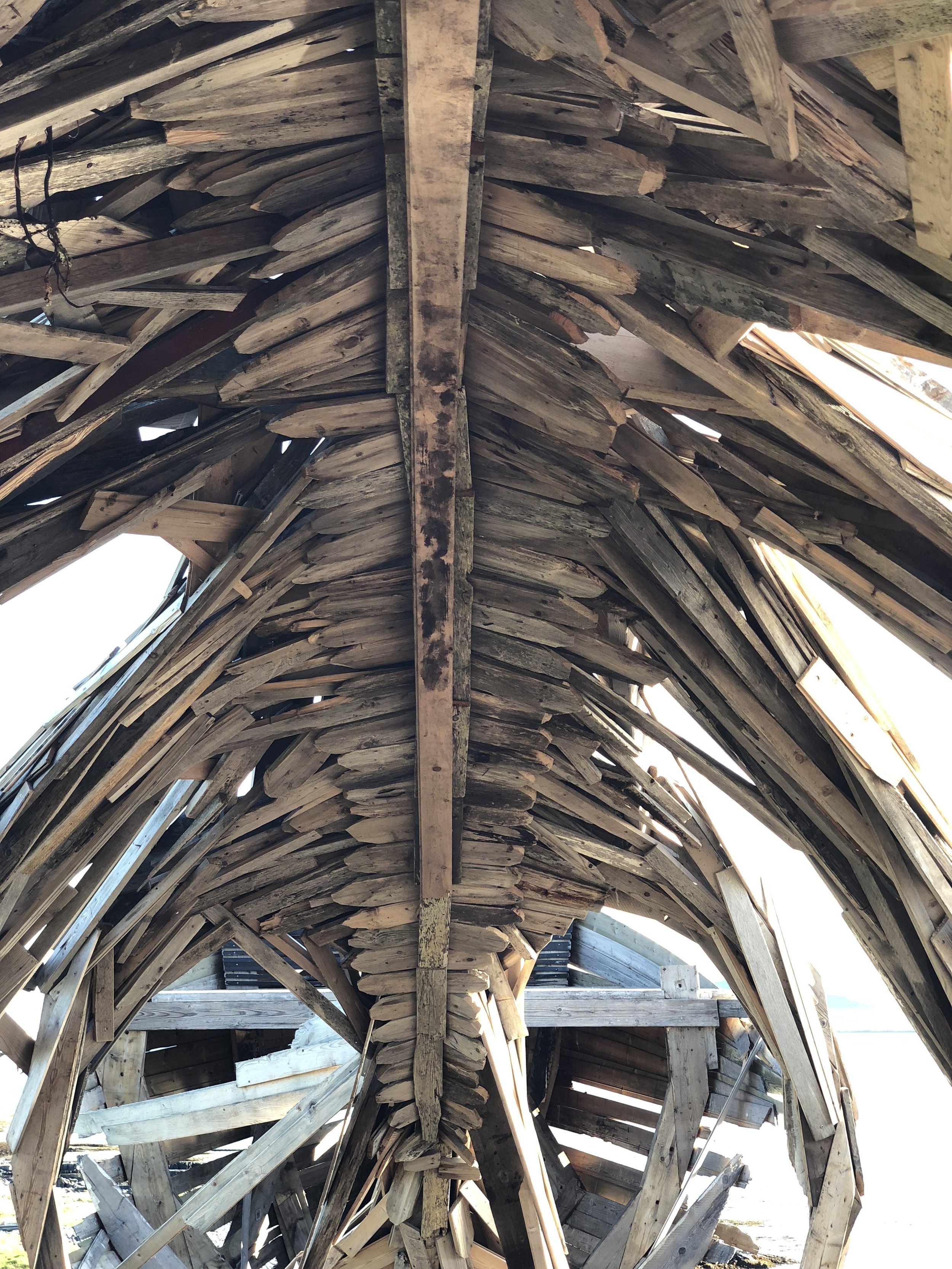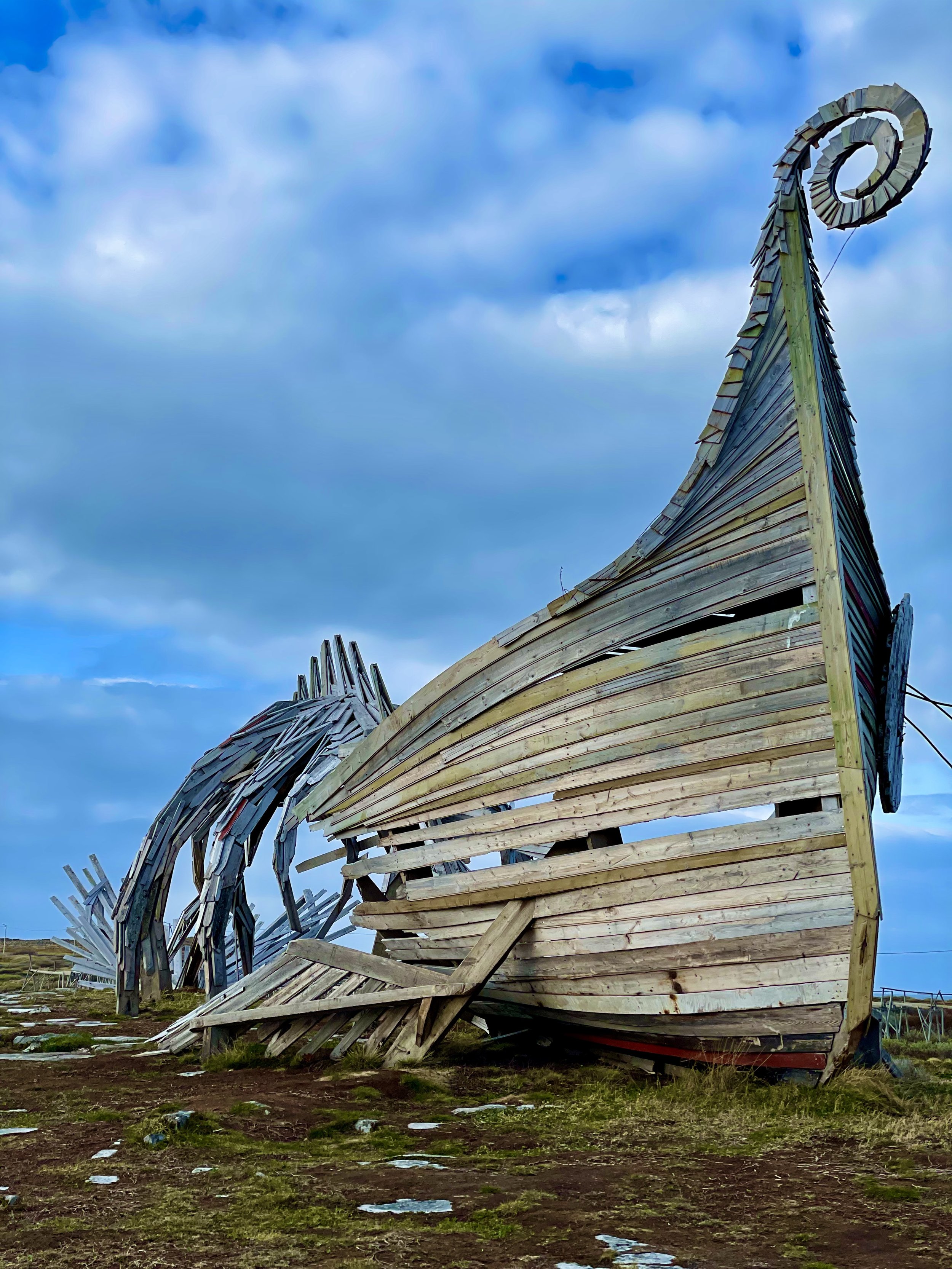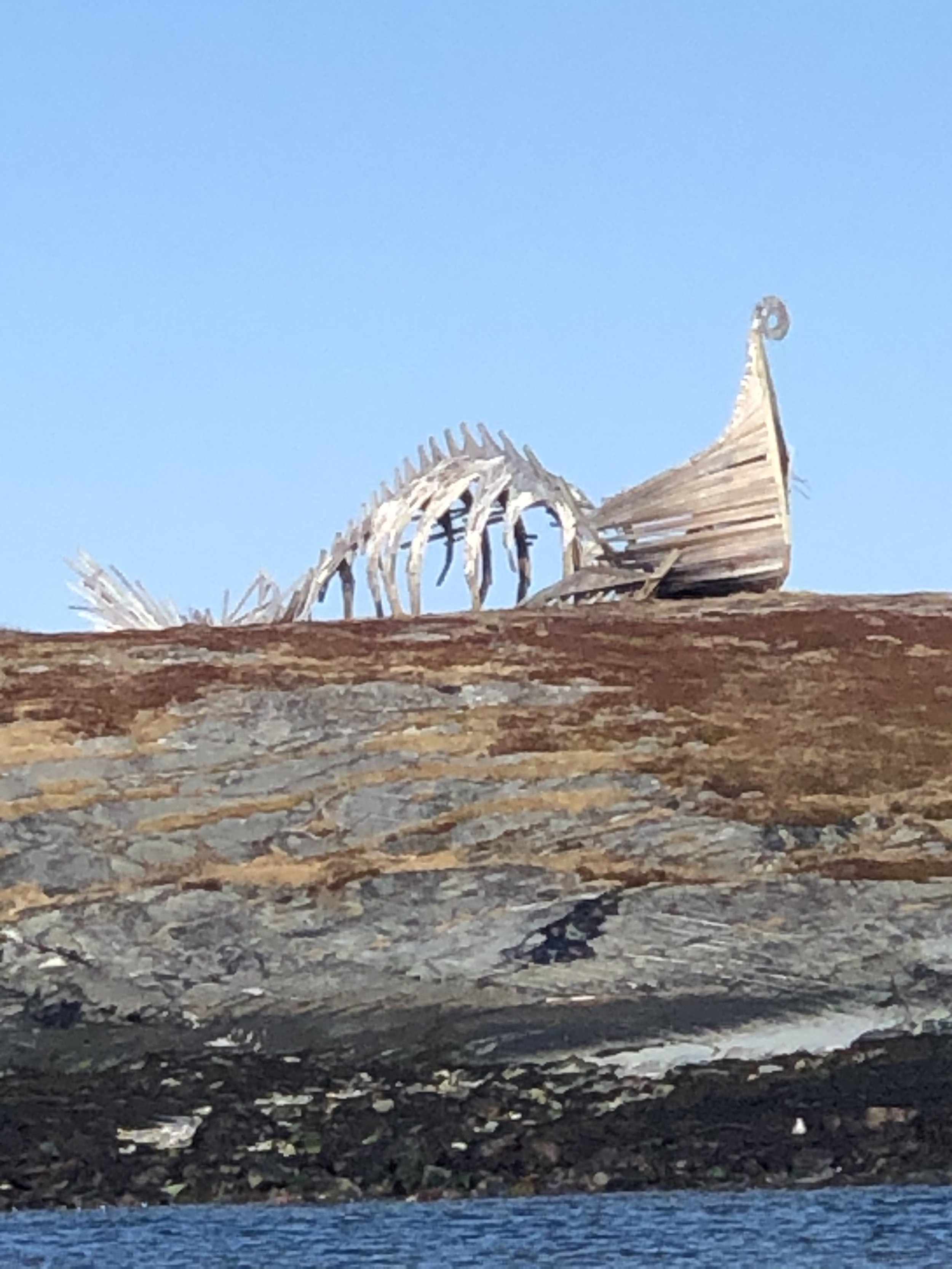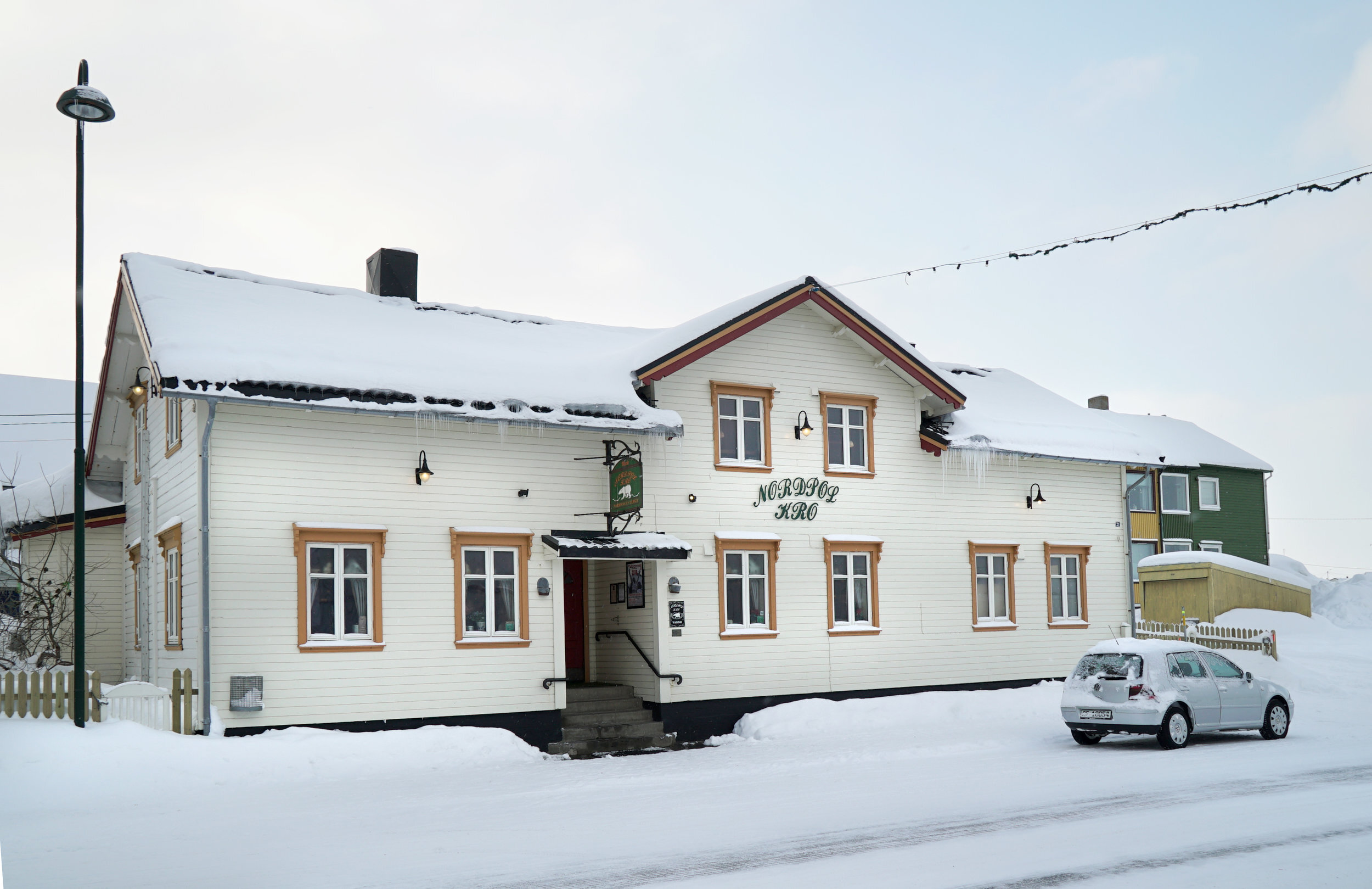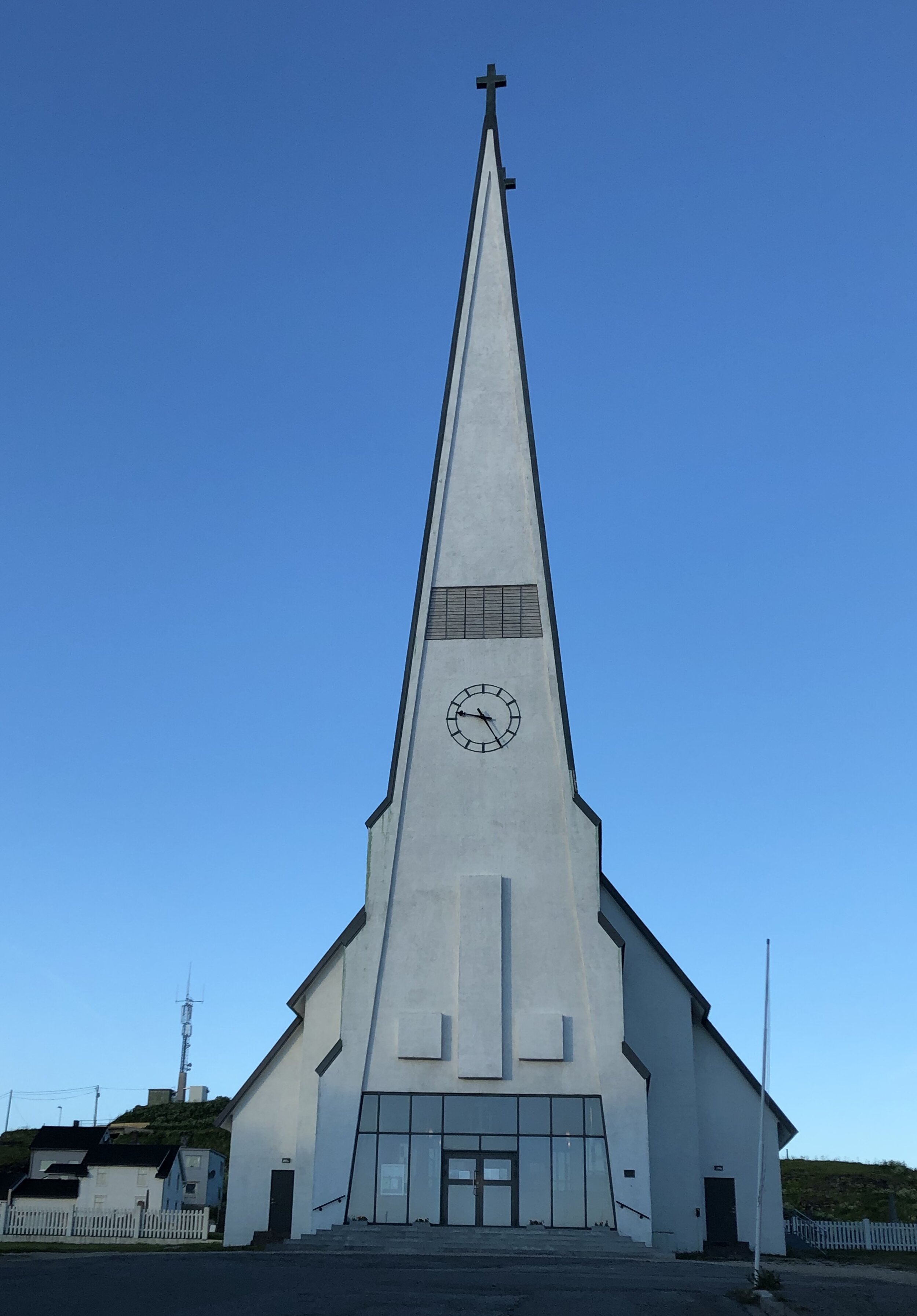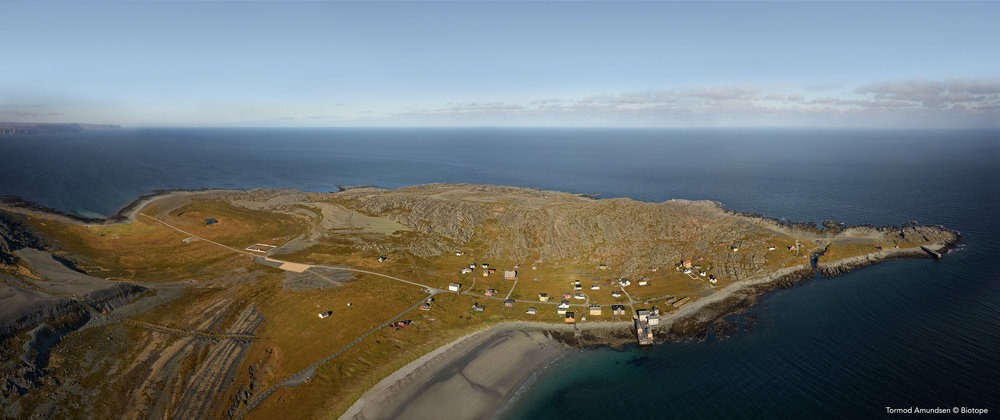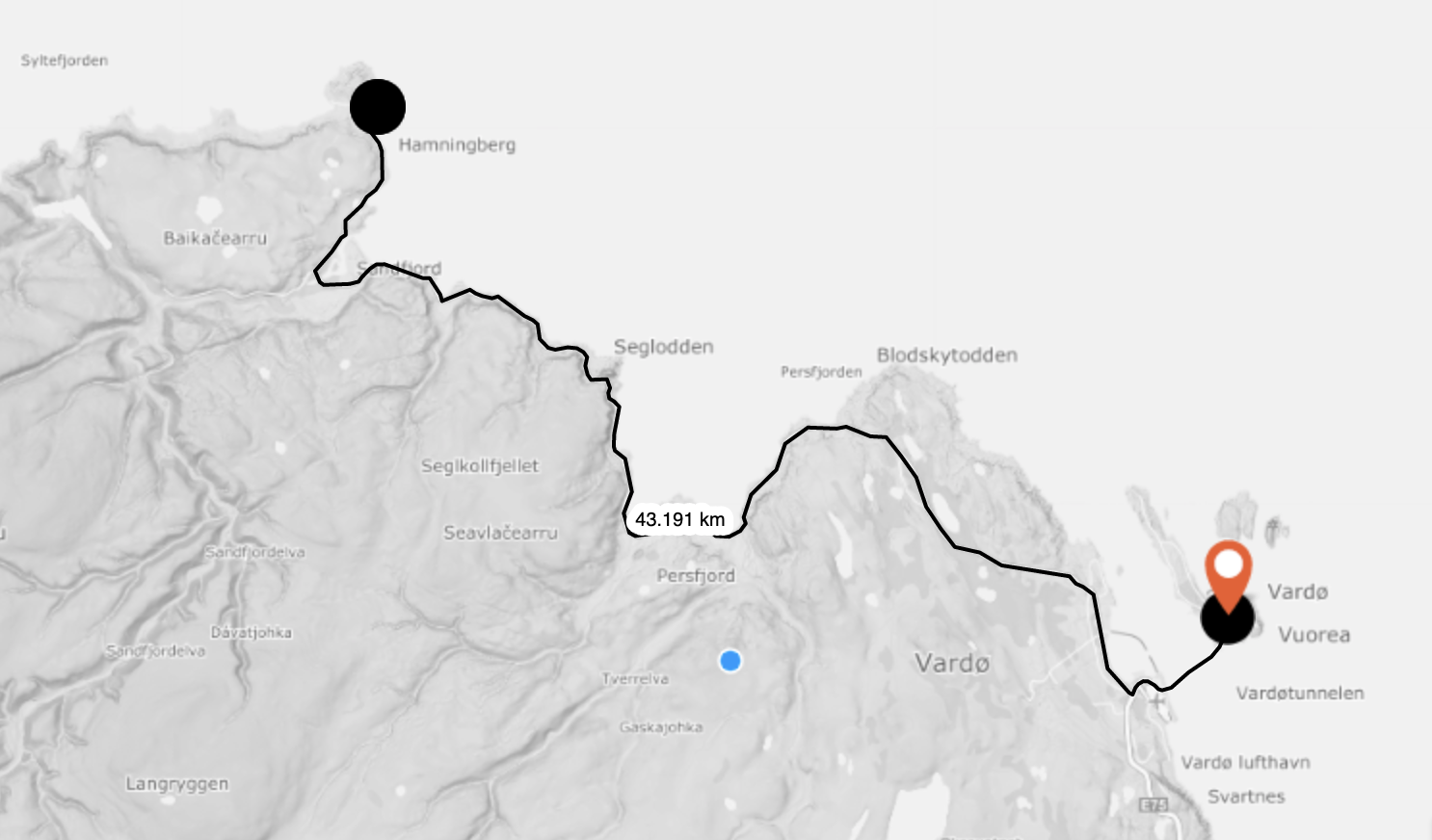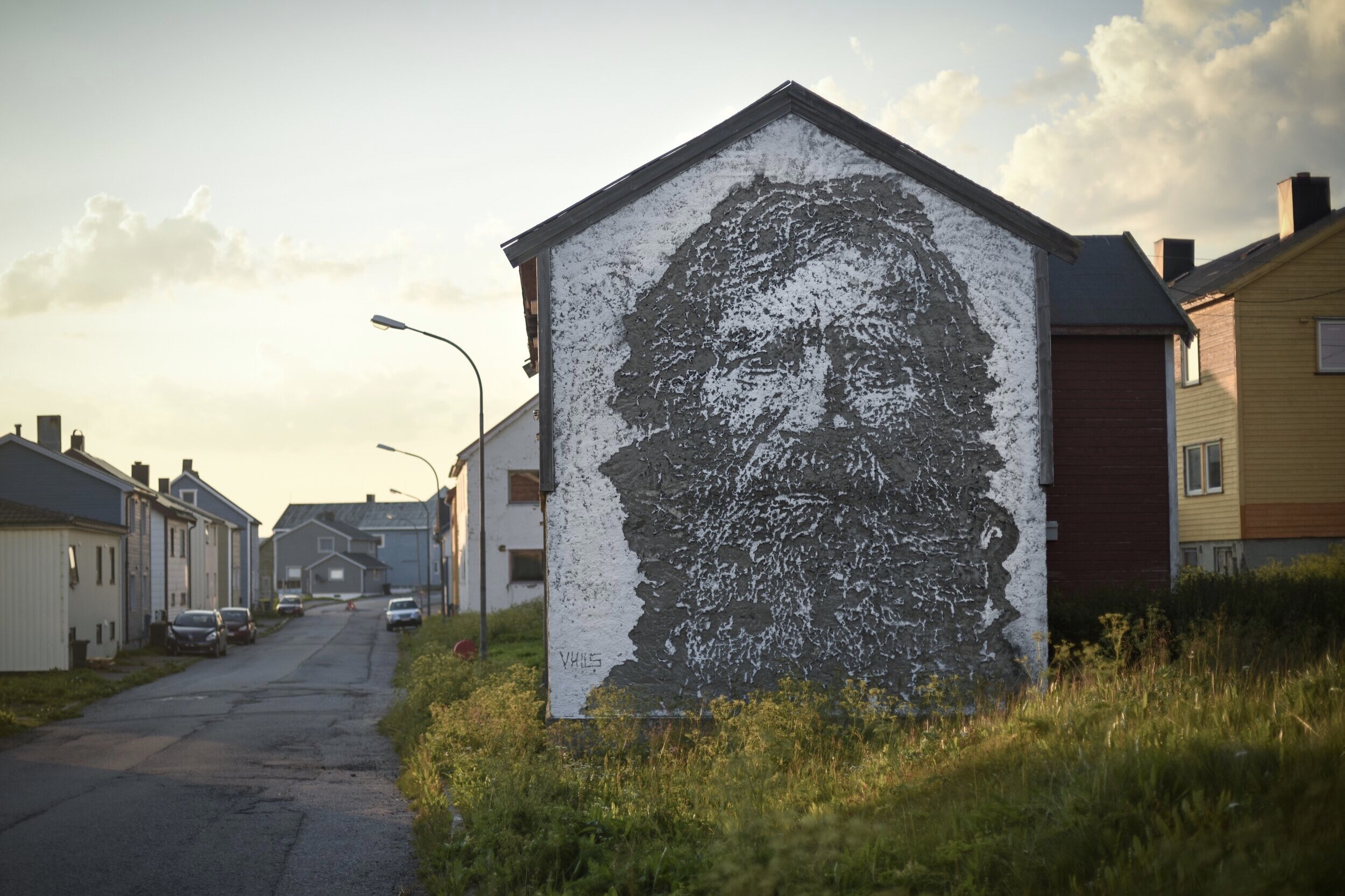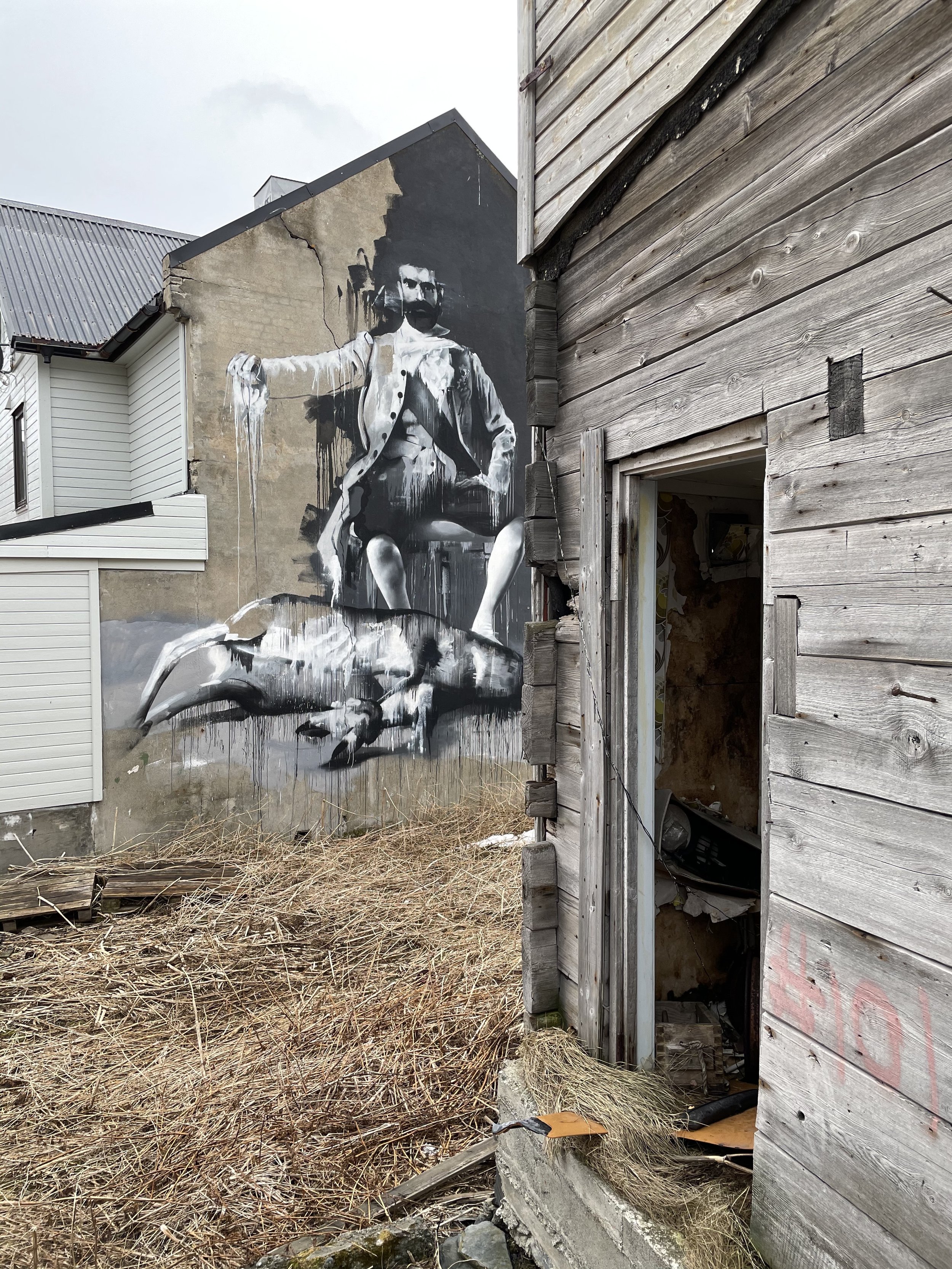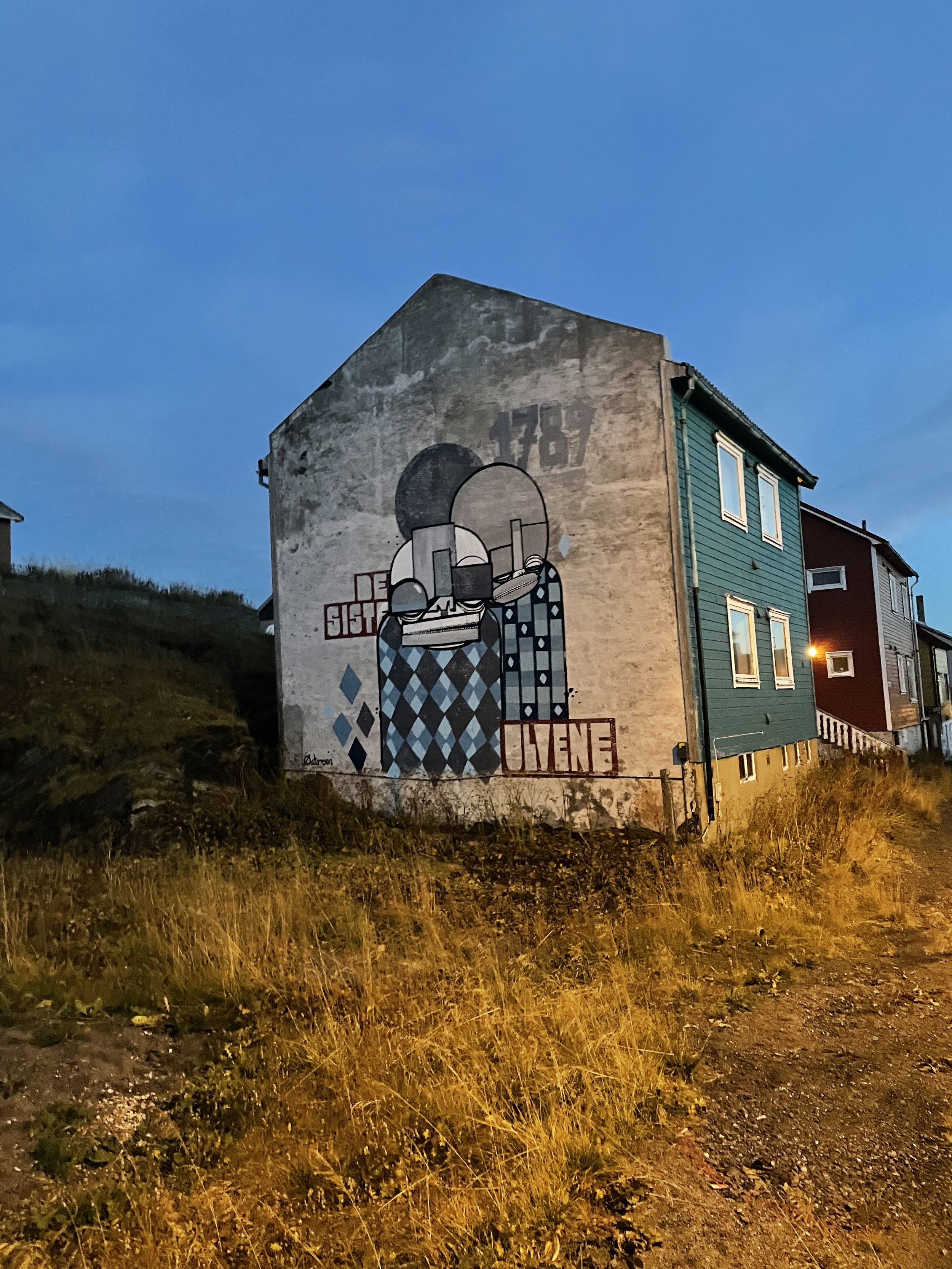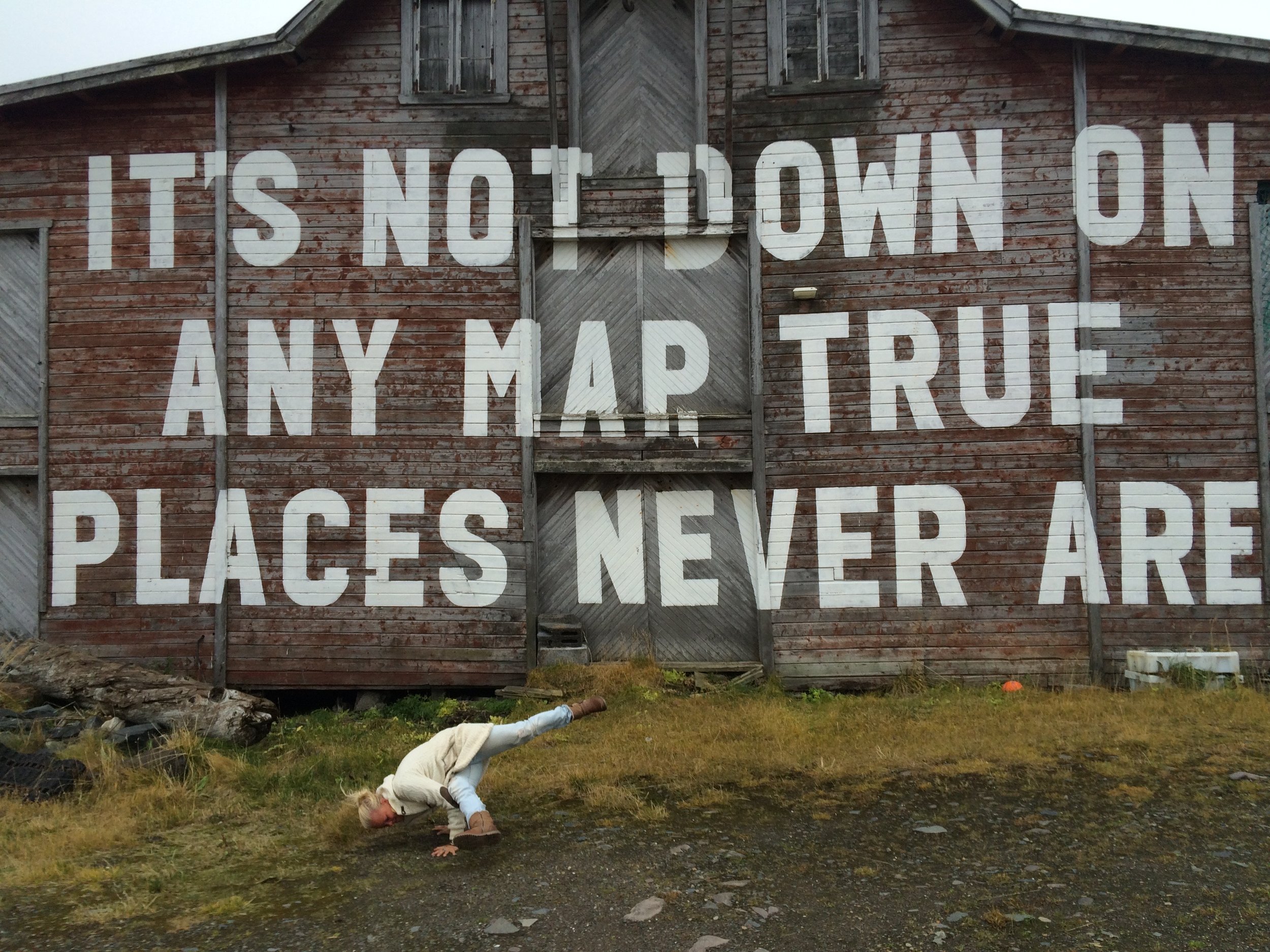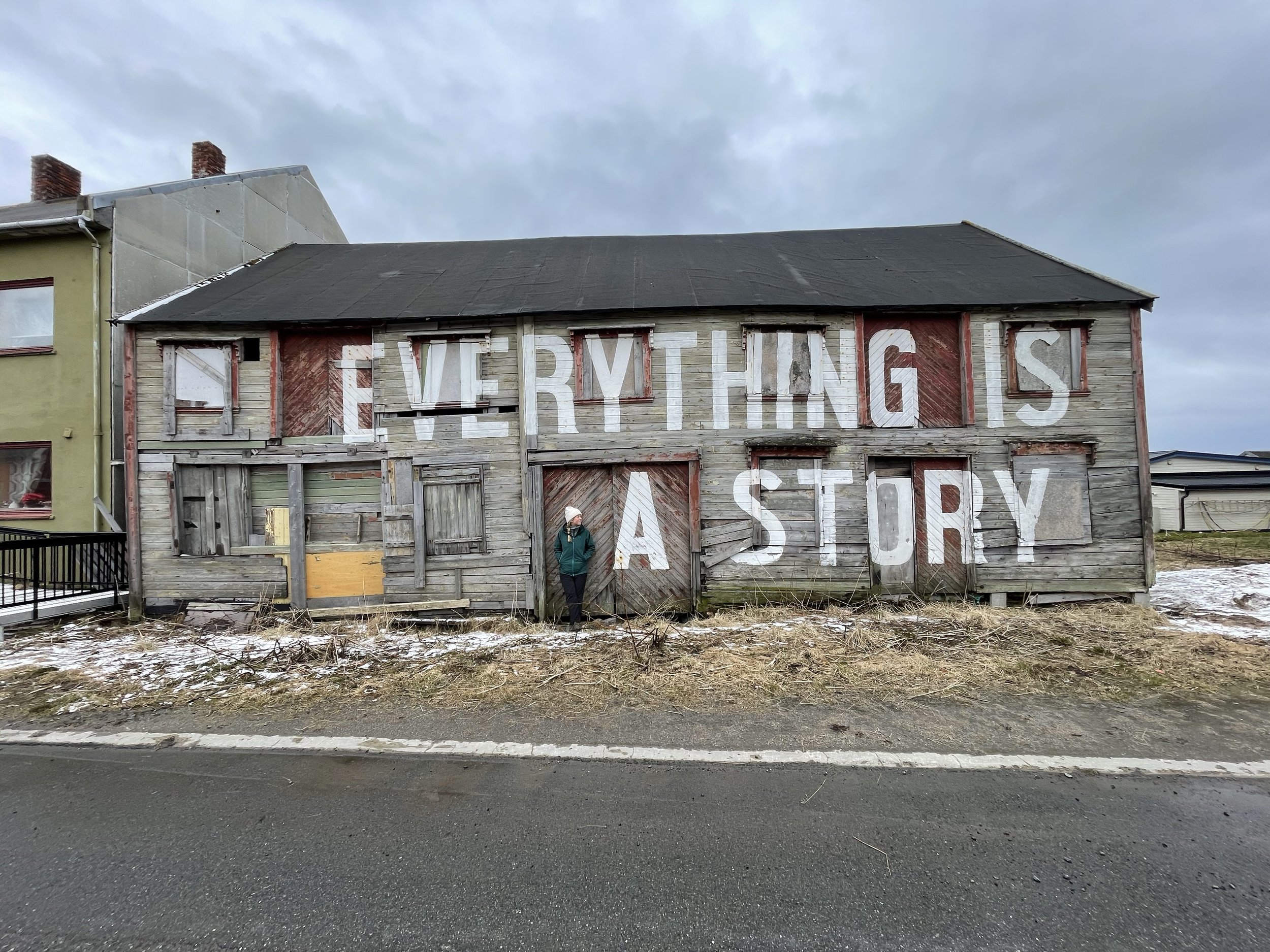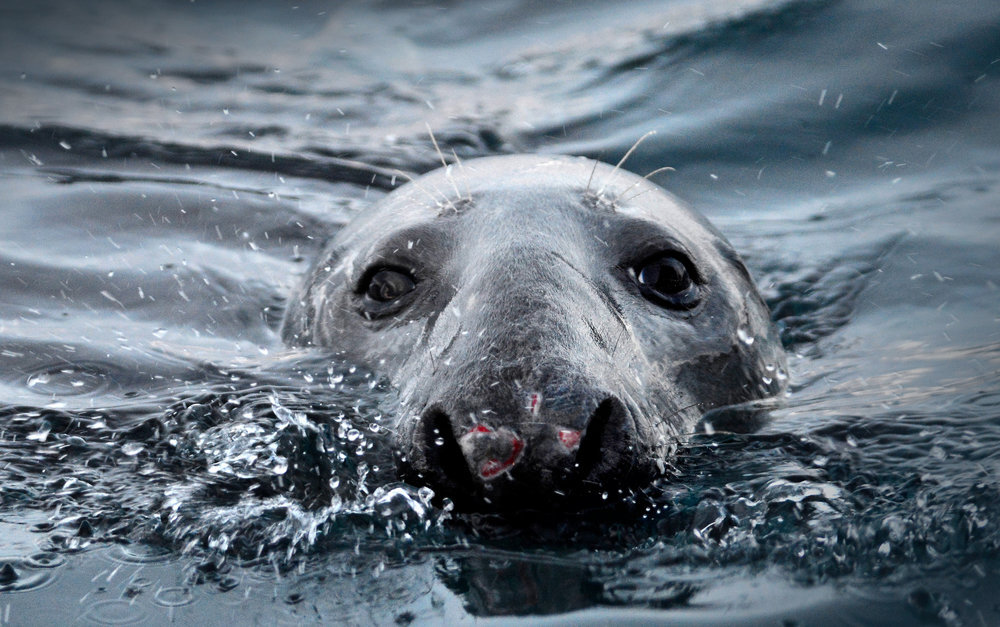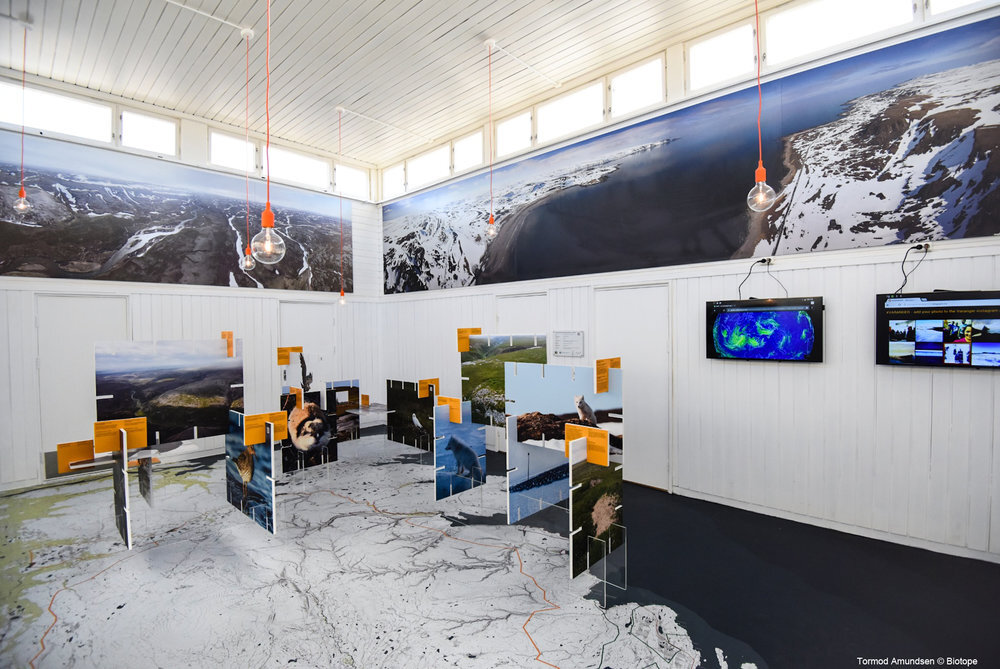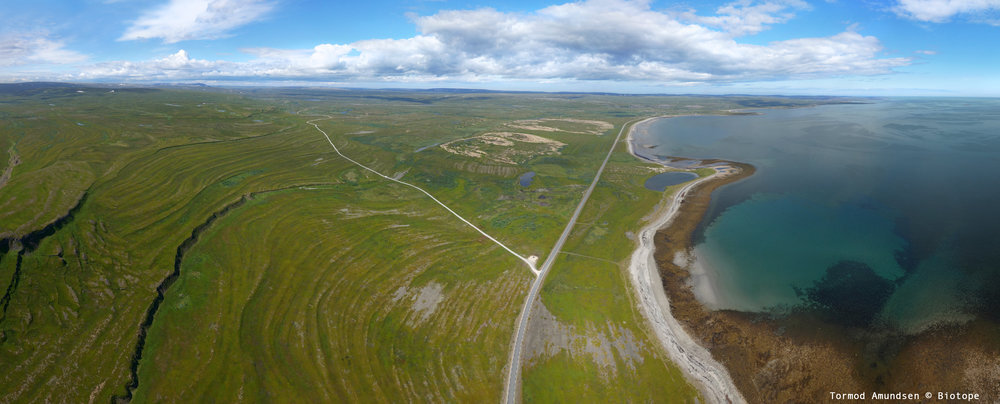MUSEUMS
Vardø has beautiful museums…
POMOR MUSEUM
The Pomor Museum is located in "Storsjåen" in the center of Vardø. The exhibition is divided into two parts, where the first part is about the Pomors and their everyday life, and the second part deals with the contact between Northern Norway and Northern Russia after the Pomeranian trade declined. The Pomors came from the area around Lake Kvitesjøen and lived primarily on fishing, but they were also skilled shoemakers. Part of the reason for the Pomor trade was, among other things, that the Pomors, who were Russian Orthodox, had a great need for fish during Lent, and even though they fished themselves, there was not enough for the whole area when they fasted. In Vardø there were enough fish, but the lack of wood made the trade with the Pomors favorable. Where the Pomors lacked fish, they had plenty of trees and that was needed on the Norwegian side. Through texts, pictures and objects, visitors get an insight into the everyday life, faith and politics of the Pomor era.
PARTISAN MUSEUM
Open every day from 09.00 - 18.00
“A great museum with a convincing documentation of the effort of the partisans in Finnmark in the fight for a free Norway 1940 - 1944”
STEILNESET MEMORIAL (witch monument)
Steilnes memorial is a monument commemorating the trial and execution of 91 people for witchcraft between 1060-1692. The monument consists of a memory hall designed by Professor Peter Zumthor and an installation by the French visual artist Louise Bourgeois. The memorial is one of National Tourist roads largest single projects and is an atmospheric place to visit. A path takes you to the memorial and around the area.
HORNØYA (Bird paradise)
Internationally, Vardø and Varanger are well known as one of the world's foremost Arctic birding destinations. The rich Barents Sea provides all of the components needed for an impressive birdlife. The birds in Vardø are also fishermen. Hornøya bird cliff is undoubtedly one of Norway's most unique nature attractions. Nearly 100,000 seabirds live around the nature reserve, which is only 5 minutes from Vardøya. You can land in the bird colony, and experience exciting species like Puffin, Guillemot, Shag and Razorbill in large numbers. Even with a mobile you can take great nature shots.
Hornøya Lighthouse is Norway's easternmost building. The building that was built after World War II is designated. In summer, the bird scientists work with the seabird colony on Hornøya. For the rest of the year you can rent rooms in the lighthouse. On the website www.hornoya.no you will find more information about everything from accommodation to transport and birdlife on the island.
VARDØHUS FORTRESS
Vardøhus Fortress is the northernmost fortress in the world. The first fortress was ordered and built by King Håkon V Magnusson and was completed around 1300. The octagonal fortress was built between 1734 and 1738. The fortress is centrally located in Vardø, a stone's throw from the harbour and the hotel, with a great view over Bussesundet and the mainland. In the background of the picture above you see Hornøya bird cliff and lighthouse.
DRAKKAR
Wooden sculpture - a must-see when in Vardø
Drakkar - Laviathan sculpture is a story about the sea, about people migration, myths, ships, historical events, wood and whales. It is an anthem to the Arctic, nature and human.
The sculpture was built during the summer in 2016 by Taibola Assemble team from Arkhangelsk/Severodvinsk on this desolate rock on Vardø island.
You can drive and park nearby or if you like to walk it is an easy walk from downtown Vardø. No entrance fee and open 24/7 every day.
From the artists themselves:
Last summer we were in the land of midnight sun where we built a huge wooden sculpture which is called “Drakkar/Leviathan”. Our giant keeps watch and ward of the strait between Vardø island and mainland. By the way, name of the strait is translated from Norwegian as “big Viking ship”. This place is connected to many legends as well as in first written notice of Kingdom of Norway in British annals. “Drakkar/Leviathan” – is a story about sea, people migrations, myths, ships, historical events, wood and whales. It is an anthem to the Arctic, human and nature! Enjoy the film. Great thanks to Николай Терентьев for atmospheric video and WoodJu for great soundtrack.
THE NORTHERN LIGHTS
The northern lights can be experienced in Vardø from September to April, but it's not until the nights get really dark that the best shows occur. Within walking distance of Vardø town you will find several small and simple wind shelters. These are great places to visit if you want to experience the Northern Lights. In general, it is important to get away from the street lights in the city, but the northern lights can appear everywhere. After a trip out in the evening you can warm up at Nordpol Kro.
NORDPOL KRO
Nordpol Kro is North Norway's oldest pub, built in 1886. Vardø was the only city around the turn of the century that had a proper offer of accommodation. The Brodtkorb family who were based in Vardø begun with hotel operations in the house where Nordpol Kro is run today. Nordpol Kro was the last stop for Fridtjof Nansen before the FRAM 2 expedition continued towards the North Pole in 1889. Nordpol Kro has been run by the Bredesen family since the 60's and the current holder has been operating since 1985. The pub has a unique atmosphere and an English Style while there is also a small museum. Most of the objects and pictures hanging around the room are taken from Vardø's history. When you enter the Nordpol Kro door, you immediately feel the good atmosphere and the warmth, while giving deep respect to the place and its history in the walls. Nordpol Kro is Vardø's meeting place, concert venue and not least a centrepiece for most festivals in Vardø.
VARDØ CHURCH
Vardø church is built in 1958, and has a rectangular plan and 432 seats. The church occupies a significant position in the overall cityscape. It is a landmark for sailors and is easy to see as you approach the city from the sea side of the island.
Vardø church is deliberately adapted to the street as a whole: the street ends in front of the church, which with its large glass doors and windows has an open, light and tempting appearance. At the same time, the tower extends high up in the sky. Seen from the sides (south and north), both the tower and the church name have a "tent shape": "In the middle of our world, here where we live, the tower rises like a mast.
When World War II was over, Vardø was without a church. The old hub church, designed by Chr. H. Grosch and built in 1869, had been burned down. The dean of Varanger at that time, Karl O. Petersen, was a leading light in the work of giving the city a dignified and beautiful house of God - a house "for the glory of God and the benefit of man" - and many people joined him in realizing this task.
Protection status: is not protected. Architect: Eyvind Moestue
HAMNINGBERG
Hamningberg is an abandoned fishing village in Båtsfjord municipality, at the far end of the Varanger Peninsula in Finnmark. But the drive out there is from Vardø municipality.
The place is special in the context of Finnmark with its intact buildings from the 19th century. There used to be a lot of activity here, but today the place has no year-round settlement. In its heyday, Hamningberg had many fish farms operating all year round and some operating only in the summer months. Hamningberg has always had a varied business life and never had any sole proprietorship.
In Hamningberg there is a memorial to the rescue operation which was carried out in the spring of 1894. A "Hurricane-like Storm" was reported at the same time as a large fishing fleet with small boats was at sea. None of the steamships would go out in the terrible weather, but the crew of the brand new lifeboat RS "Colin Archer" set out to come to the fishermen's rescue. The skate rescued 37 people from "certain death", and the rescue operation in Hamningberg became very well known in a short time all over the country. This accelerated the work of building more lifeboats for the so-called rescue case, or just the "case", as it was said in Finnmark at the time.
Hamningberg is today used diligently by house and cottage owners all year round. Even if the road is closed in winter, it is possible to get there by snowmobile and boat. In summer there is a bustling crowd on site, with many visitors.
The drive to Hamningberg is worth your time.
STREET ART
Here is a draft of the map we are developing. It contains the art that is left after the project "Komafest", as well as the new ones that have been added afterwards.
Vardø street art. The festival of Komafest resulted in Norway's northeasternmost city also becoming a gallery for street art of the very best kind. A city walk in Vardø is a study of contrasts, history, art, nature and coastal culture all intertwined. On the website vardorestored.com you will find lots of information about the innovative and exciting cultural heritage projects in Vardø. It is the Varanger Museum that is behind this exciting venture. Varanger Museum is also open at the Pomor Museum and guided tours are available.
ANIMAL LIFE
In Vardø and Varanger are known internationally for their unique and rich wildlife. Only in recent years have major TV and nature film productions been set in Vardø. The fact that famous companies like BBC Nature choose Vardø as a base for projects say a lot about the magnificent natural experiences that await you!
THE NATIONAL PARK EXHIBITION IN KIBERG
The National Park Exhibition in Kiberg displays Varanger Peninsula National Park and adjacent conservation areas that were established in 2006. Varanger Peninsula, which is the most arctic influenced part of mainland Norway, has unique values n terms of landscapes and geology, plants and wildlife and Sami cultural monuments. In Kiberg you will find an exhibition with a 40m2 floor map where you can be inspired before you enter the National Park.
KOMAGDALEN
Komagdalen offers some of the finest nature in Varanger, from the tundra down to the Varanger fjord. The birdlife is especially rich in this part of Varanger, but beware, especially in spring and summer, that you do not disturb nesting birds. Komagvær is only 20 minutes drive from Vardø, but you should drive the bumpy dirt road up Komagdalen carefully. At the end of the road you will find a car park and the gate into the national park.
